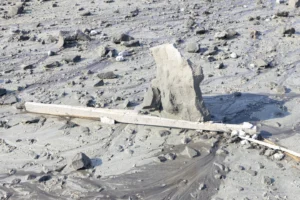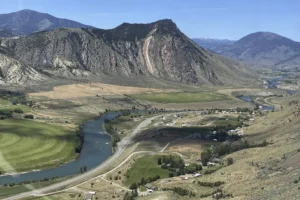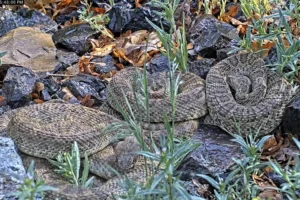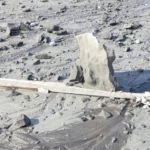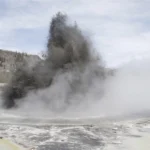Embracing the Journey into the Amazon
- Published In: Other News & Features
- Last Updated: Dec 08, 2023
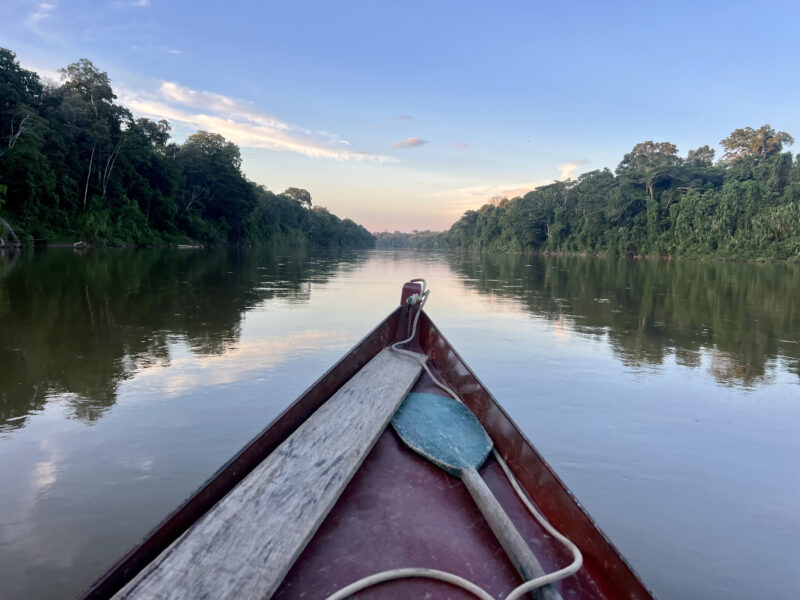
The view from the front of a motorized canoe heading up the Manu River in Peru. (Wyoming Truth photo by Matt Stirn)
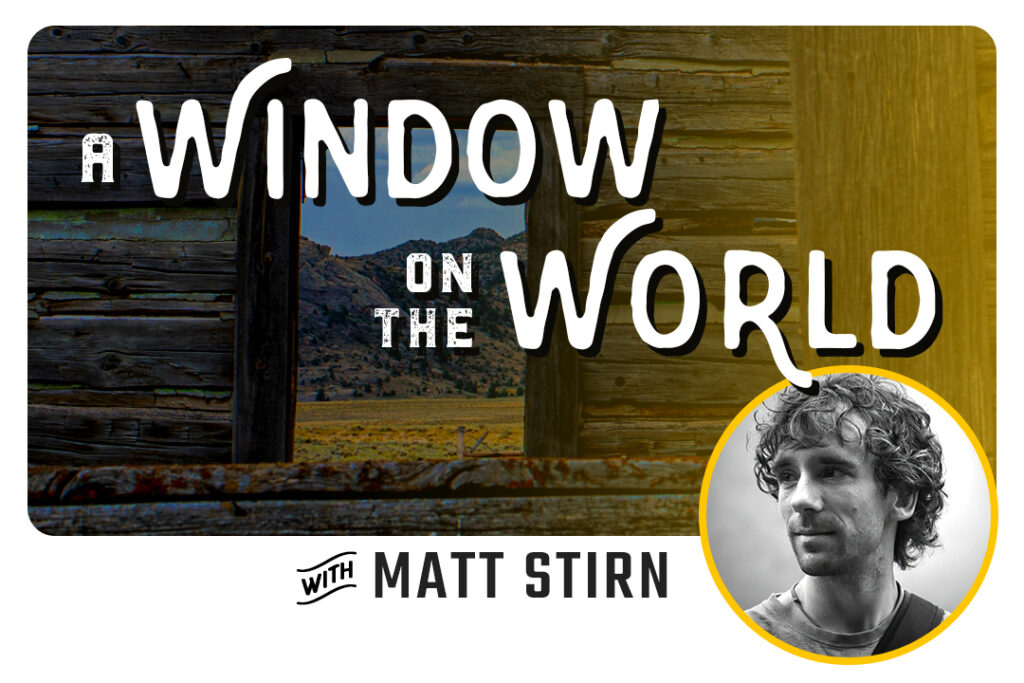
By Matt Stirn
Special to the Wyoming Truth
The thick, humid air blew across my face as the motorized canoe traveled up the brown water of the jungle-lined Manu River. Sitting at the very front alongside a machete and bamboo navigating pole, I stared in awe as the rainforest came alive around me. A pair of scarlet macaws squawked from a nearby palm, a capybara splashed into the water and in the far distance, a family of spider monkeys prepared sleeping spots in the canopy of a 300-foot tall ceiba tree. The stretch of river we were traveling, tucked in a quiet corner of Southeast Peru, is considered one of the most remote sections of the entire Amazon Rainforest. It had taken us nearly eight hours to reach this point, and we still had another four to go before reaching our camp of thatch huts upstream. As a small black caiman slipped beneath the surface of the river, I let my eyes go soft, absorbing the seemingly endless green palate of the passing trees.

Manu National Park encompasses almost 6,000 square miles of lush tropical forest. Its eastern border at the apex of the Andes begins at over 13,000 feet and descends rapidly through moss-covered cloud forests and eventually the lowlands of the Amazon Basin just above sea level. Because of Manu’s large breadth of landscapes, it is renowned for having some of the highest insect and animal biodiversity in the world. Because of its remote location, the park is home to a large Indigenous population, many of whom remain isolated and uncontacted by modern society. To protect the tribes, the majority of the park is off limits to visitors, with only a small corridor accessible along the river. While much of the Amazon Rainforest is under dire threat from deforestation, Manu remains a bastion for both cultural and environmental conservation.
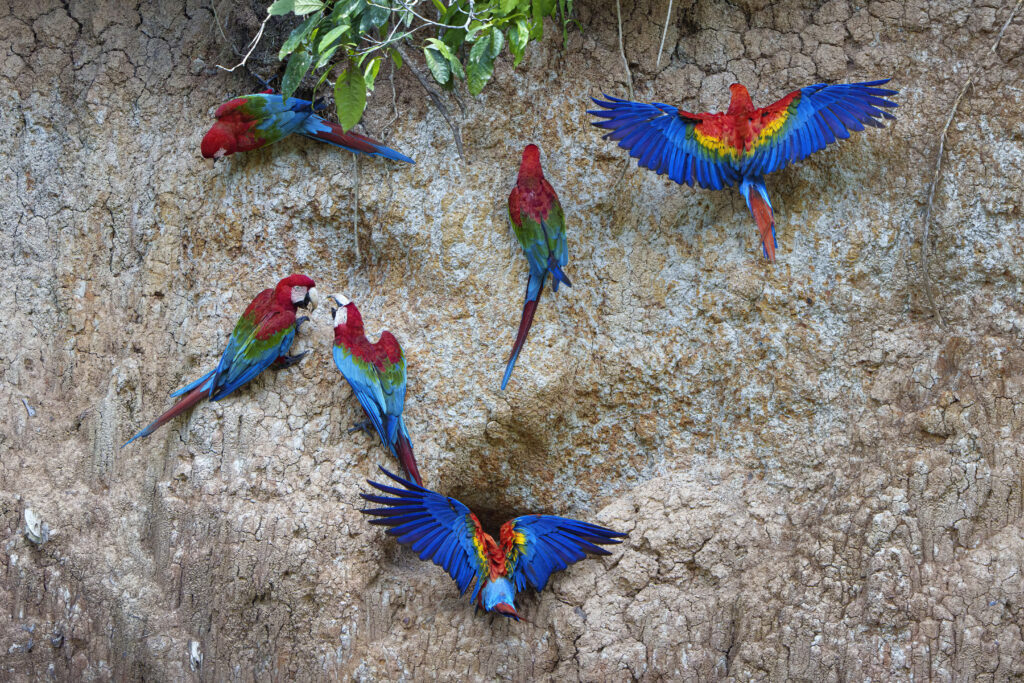
This was my third visit to Manu National Park, where I led a group of photographers interested in learning more about conservation and wildlife storytelling. Our journey began in Peru’s seaside capital of Lima; we then flew to the ancient Incan capital of Cusco before driving over the top of the Andes and into the National Park. By the time I was sitting on our boat admiring the jungle, we had already driven for five hours (stuck three times) and spent twice that amount of time on the water (stuck only once). While we were completely exhausted and excited to be inside one of the most untouched parts of the Amazon, there was also a melancholy realization that this is what it took to reach such a preserved place. Anywhere closer had long ago felt the brunt of tractors, cattle and chainsaws. This journey was a serious one for any intrepid traveler, but the long hours spent watching the rainforest move by were pure happiness to me.

Travel for me — the actual act of moving from one place to the next — is a meditative experience. I blame the Jackson Hole High School Tennis Team for granting me this snippet of enlightenment. From the border of Grand Teton National Park, we traveled four hours to compete against the nearest school; other schools were between eight and 12 hours away. With new matches every week, I spent long days in busses and the backseat of cars traversing empty, snow-swept deserts. Everyone I know who grew up in Wyoming has mastered the reflective art of staring out the window, an underappreciated activity confused as boredom by outsiders, but instead quite meditative for those of us raised in the Cowboy State. There are beautiful things to see at any given point on a journey. It doesn’t matter if you are at the front of a boat on the Manu River or preparing to take the next exit on I-80: wonder is everywhere, and sometimes all it takes to discover it is to embrace the journey instead of longing for the destination.
The boat lurched from entering a few small rapids, and I snapped back to reality. I spent the next few days watching families of giant river otters fish and hundreds of macaws flock to a clay lick, and hiking deep into the forest each night in search of nocturnal insects, frogs and snakes. There was eager anticipation for what lie ahead, but for the moment, the journey continued its role as the protagonist of our trip. When the clouds turned crimson and the heat of the day began to wane, I closed my eyes to listen to the haunting calls of howler monkeys booming from within the forest.

